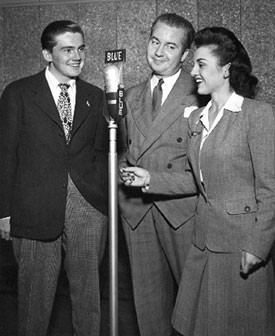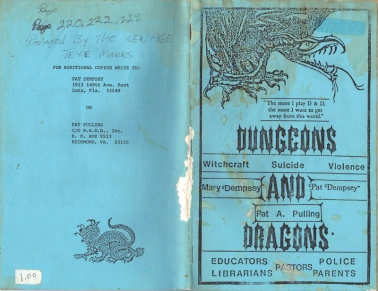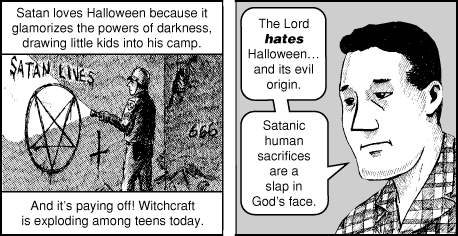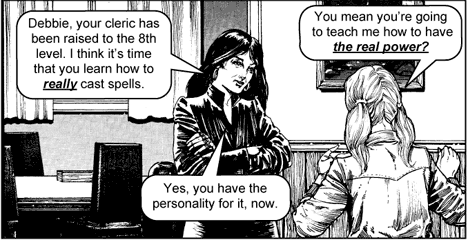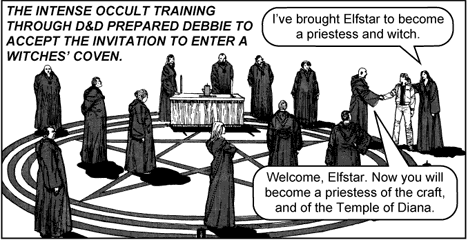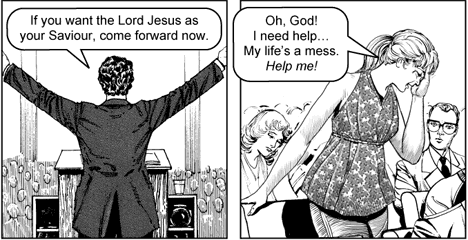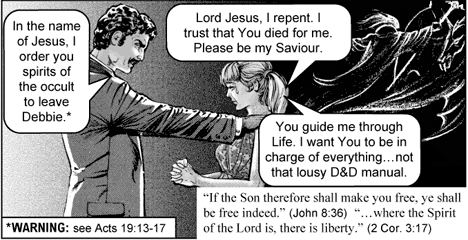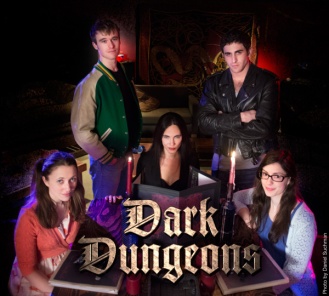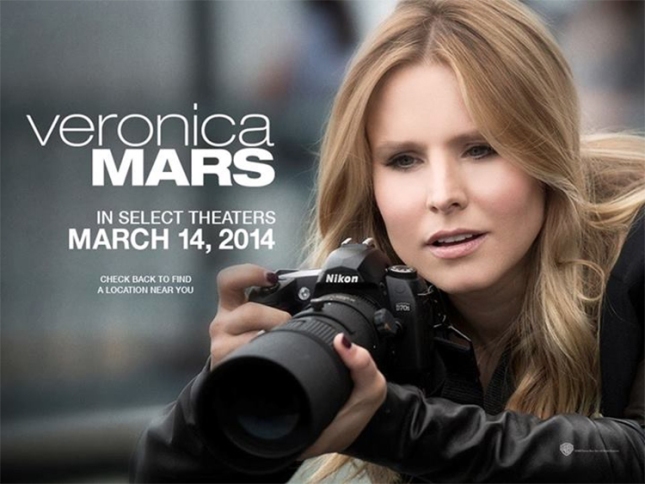I played my first game of Dungeons and Dragons last year. The highlights of our game night included pizza, beer, and hanging out with a bunch of cool nerds. It was fun, but part of me expected something more.
Like the ascent of the dark lord Satan.
You see, I first heard of D&D in the mid-90s during a late night car ride, while listening to Unshackled on our local Christian radio station. If you’re not familiar with the program, it features dramatic retellings of people’s troubled life stories and their conversions to Christianity, which “unshackled” them from the demons of drugs, or gangs, or in this case, tabletop RPGs.
I was unable to find the episode online — as you’ll see if you click above, the Unshackled website leaves a little something to be desired — but I recall the story’s general arc. A socially awkward young woman starts playing D&D as a way to make new friends, only to discover that the game is a gateway to dark occult practices. The B-movie style voice acting and the mood music provided by a Casio organ really cemented the idea in my mind that a 12-sided die was an instrument of the devil.
Since then, fundamentalists have attached satanic panic to other geek interests, like Harry Potter and Magic: The Gathering, but despite the fact that its popularity has long since waned (playing D&D when you own a perfectly good Playstation is analogous to a hipster with a new Macbook writing a letter on a typewriter) Dungeons & Dragons remains the occult gateway drug par excellence in the conservative Christian consciousness.
This is due in no small part to Jack Chick. Chick is an old-fashioned fundamentalist who has been made internet-famous through his so-bad-they’re-good evangelistic tracts. These mini comic books highlight a whole range of “sins,” from homosexuality to Halloween to Islam.
One of the Chick tracts that’s been most widely circulated online is entitled Dark Dungeons. Like that radio show that scared 7-year old me away from the evil world of RPGs, Dark Dungeons tells the tale of a girl who gets sucked into the occult through D&D.
Like most Chick tracts, it ends in tragedy and a dramatic conversion.
The cult status of Dark Dungeons has inspired a soon-to-be released film by the same name.
According to the creators:
Dark Dungeons the movie is an adaptation of the comic Dark Dungeons that tries its best to stay true to the spirit and word of the source material given the limitations in adapting a comic to live-action and in expanding a 22-panel comic into an interesting and exciting motion picture. Many of the scenes and dialogue from Dark Dungeons the movie are lifted straight from the comic.
The movie seeks to achieve satire not through exaggeration, but through verisimilitude. As the panels above show, it would be difficult to make something more ridiculous than the original. While the satirical intent of the film is clear through the information provided on the website, I believe that when the film is viewed outside of this context, we will be faced with an example of that old internet adage, Poe’s Law.
Poe’s Law states that it is impossible to create a parody of fundamentalism that someone won’t mistake for the real thing. Take a look at Objective: Ministries and Rapture Ready. It takes a well-developed sense of humor and a high level of literacy in the language of Christian fundamentalism to discern which one is a parody. (I’ll take your votes in the comments — know that I grew up in fundamentalist evangelical culture, and I still had to fact check to make sure I was right).
The nature of fundamentalism is that it is so extreme that it effectively self-parodies. If I had not known the origin of the Dark Dungeons tract, I would have read it as well-executed satire. The other side of that coin is that some people may encounter Dark Dungeons the movie and read it as a sincere attempt by fundamentalist Christians to reveal the evils of D&D. Hell, for all I know, Unshackled is the best and longest-running parody of fundamentalist culture ever created.
The Dark Dungeons filmmakers have compiled a pretty great collection of videos on their website featuring fundamentalists condemning D&D. You should also check out Mazes and Monsters, another reactionary take on D&D that basically consists of an hour of a young Tom Hanks LARPing in a cave. Sincere or satire, this material all makes for comedy gold. Dark Dungeons comes out on August 14 – your D&D party or your local evangelical youth group be equally entertained.
